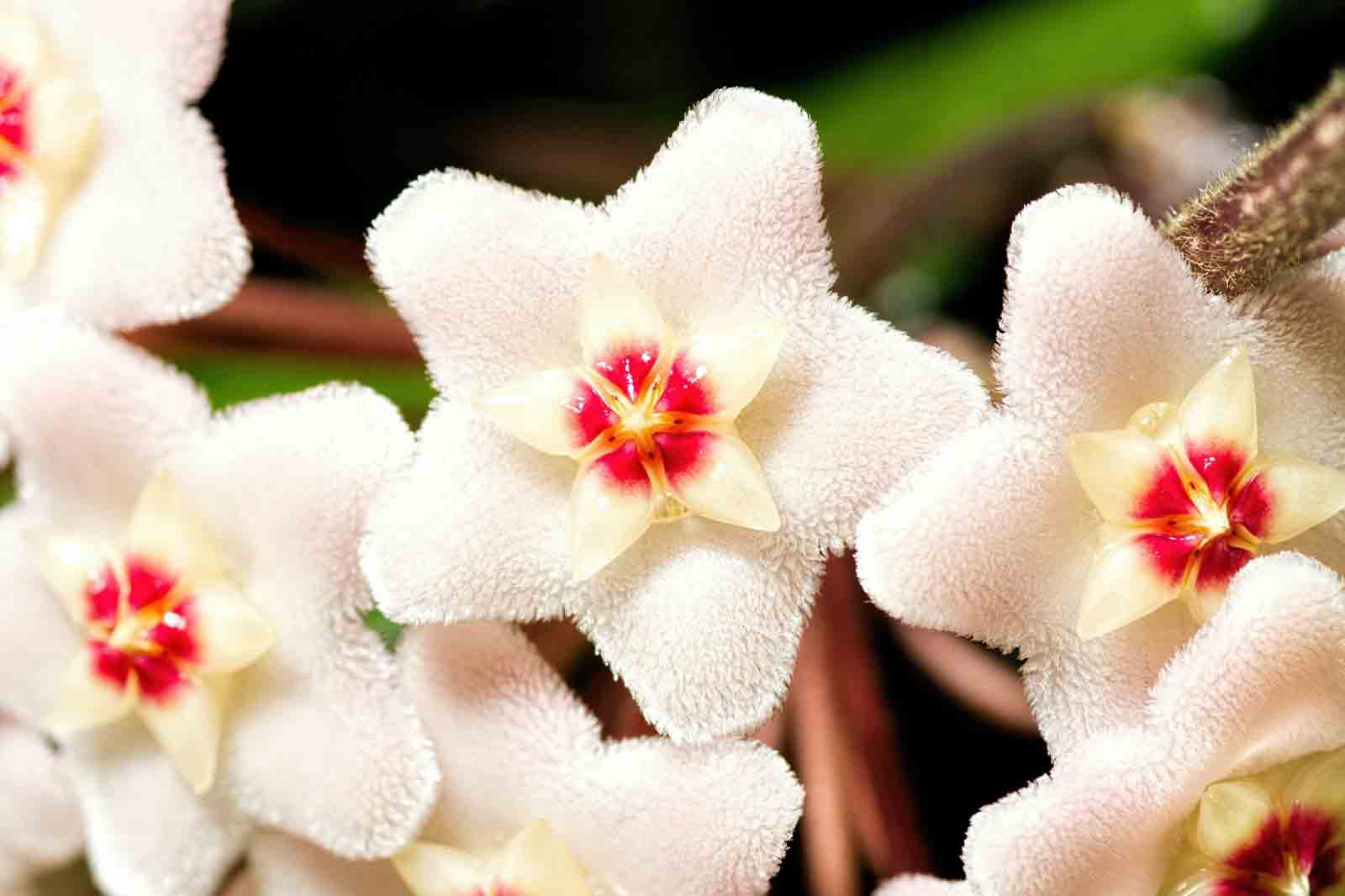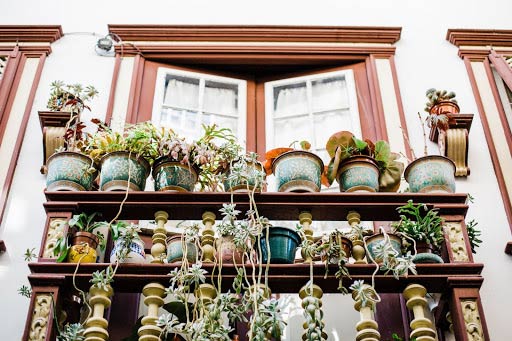
Table of Contents

Balconies and window ledges are fantastic locations for houseplants!
When bringing plants outside, make sure to remember that not all indoor house plants are suited for every outdoor setting. Note down a list of elements you have to consider in regards to your environment, identify which plants are suited to your climate before relocating them outside, and slowly acclimate them into the full sun. All of this may sound overwhelming, but it's easier than you think! Read on for a guide to bringing your plants out for the summer!Step 1: Evaluating your environment
Before bringing any plants outside, take a look at your environment. What does the sunlight in your garden, patio, or balcony look like? Are there any shaded areas too? Conduct some research on average temperatures in your region during the summer, and make sure you find out how nighttime temperatures differ (just in case it gets too cold for your plants when the sun sets!). It is also beneficial to note the wind and rain patterns in your region. You don’t want to overwhelm a fragile plant! For a quick way to determine how your climate affects the types of plants you can grow outdoors, check out your hardiness zone! These are standardized categories of climate conditions that may affect plant growth and plant survival. Mauroseed has a fantastic resource on how to find your hardiness zone, complete with a growing map of the United States. For information on hardiness zone maps from all over the world, check out this list by The Spruce!
You can download the United States Department of Agriculture’s official hardiness zone map here.
Step 2: Choosing your plants
Next, choose your plants! Most tropical indoor house plants tend to do well when brought outside for the summer due to their general preference for hotter temperatures and brighter lighting. This is not always the case though, so make sure you are aware of your houseplant’s general needs. If you’ve been able to identify your hardiness zone, you can refer to it for a quick and easy way to determine whether or not your houseplant is suitable for being placed outside.Step 3: Acclimating your plants to the outdoors
Ready to place your plants outside all summer? Not so fast! You’ll need to ease them into it first. Since temperatures and light intensities are so different outdoors, you will need to gradually acclimate them before you move your plants out for an extended period of time in order to avoid sunburn. Tolerant plants may do well sitting in a shady area outside for two weeks before being placed in the full sun. For other plants, find them a shady spot outside during the day and place them indoors overnight until the two-week acclimation period is over.A list of common indoor house plants that thrive outdoors in the summer
Snake Plants
Almost everyone has a snake plant in a low light corner these days, so you may be surprised that they enjoy some summer sun as well! It’s their versatility and tolerance to a range of conditions that crown the snake plant as one of the most popular houseplants across the globe.
Image by Kelly Sikkema
For more tips on snake plants, check out our snake plant growing guide!Ponytail Palms
Ponytail palms lend an air of tropical vibes to any home. They’re also trendy and non-toxic to people and pets! Though they are well known for their low-maintenance needs that make them an easy-to-grow indoor plant, bringing them outside can allow them to truly thrive. A ponytail palm grown outside has the potential to reach heights of 20 feet, as well as the potential to produce flower stalks. So bring them into the full sun!
Bloomscape offers a variety of plants for sale, including the ponytail palm!
Cacti and Succulents
Cacti and succulents are desert plants famous for their adorable shapes and their love of the brightest lighting available. As a result, they also tend to be happiest when placed outside in the summer! However, cacti and succulents can also be prone to sunburn if not properly acclimated to the full sun. When moving them outside, make sure that you place them in the shade first, as recommended in step 3.
Image by Annie Spratt
Hoyas
If you regularly frequent plant blogs and follow plant influencers on Instagram, you may have noticed that Hoyas have been taking over the plant world by storm. With fleshy leaves and waxy flowers, hoyas are as whimsical as they are easy to care for! We love hoyas so much that we included them in our list of favorite tropical plants. Check out the full list here. You might just discover some new plants to add to your wishlist!
A closeup of hoya flowers by Claud Richmond



